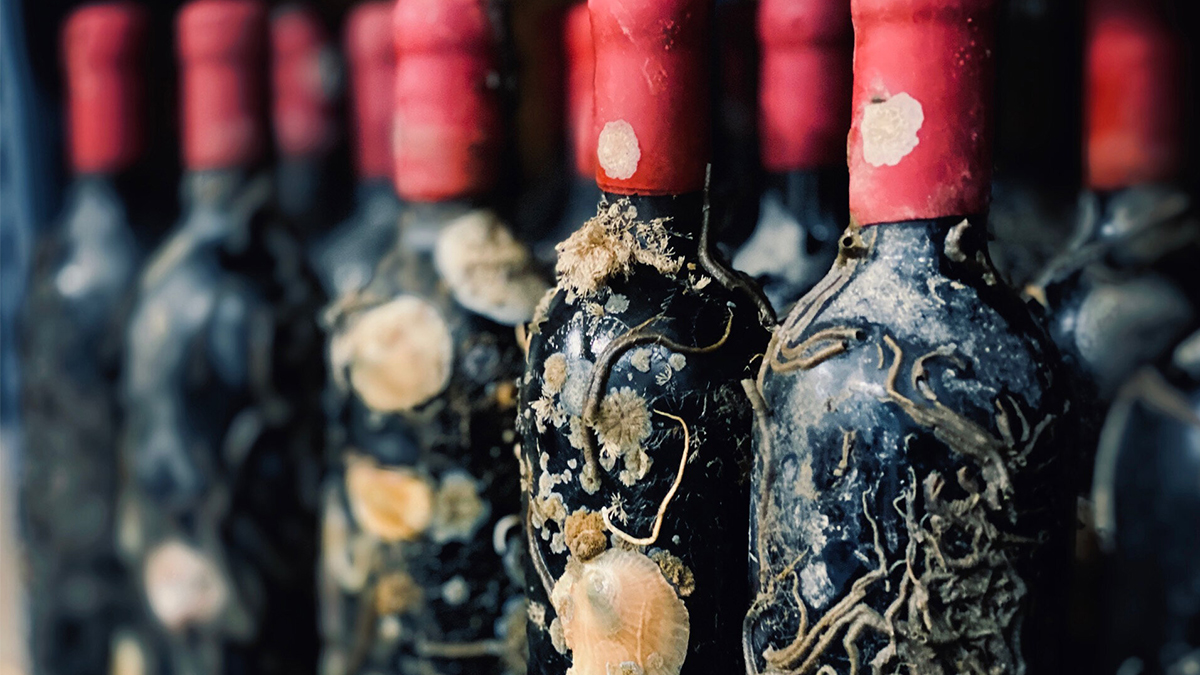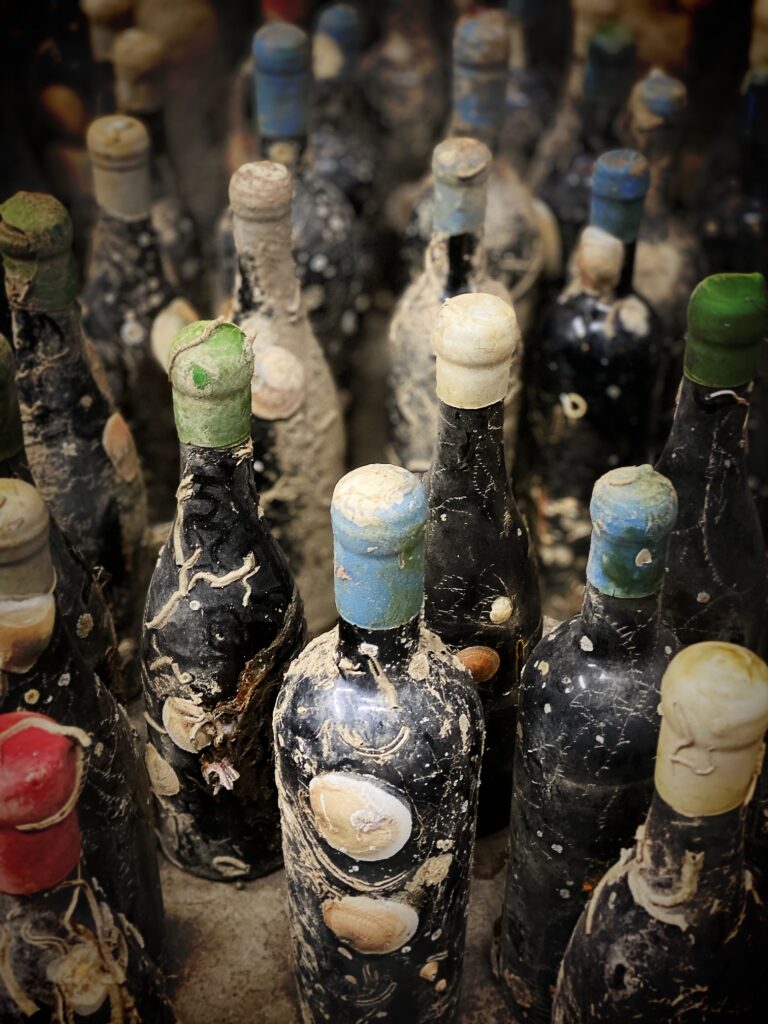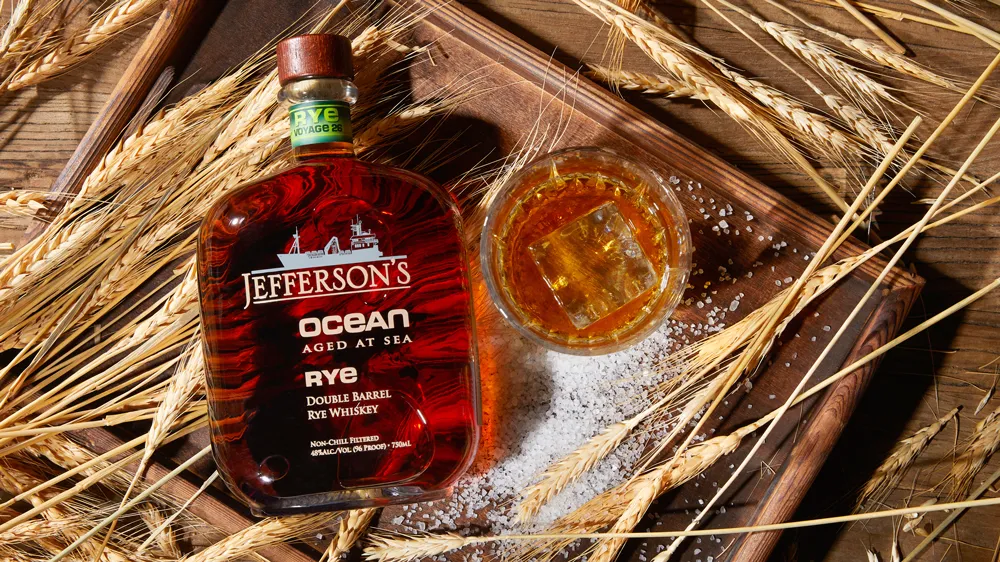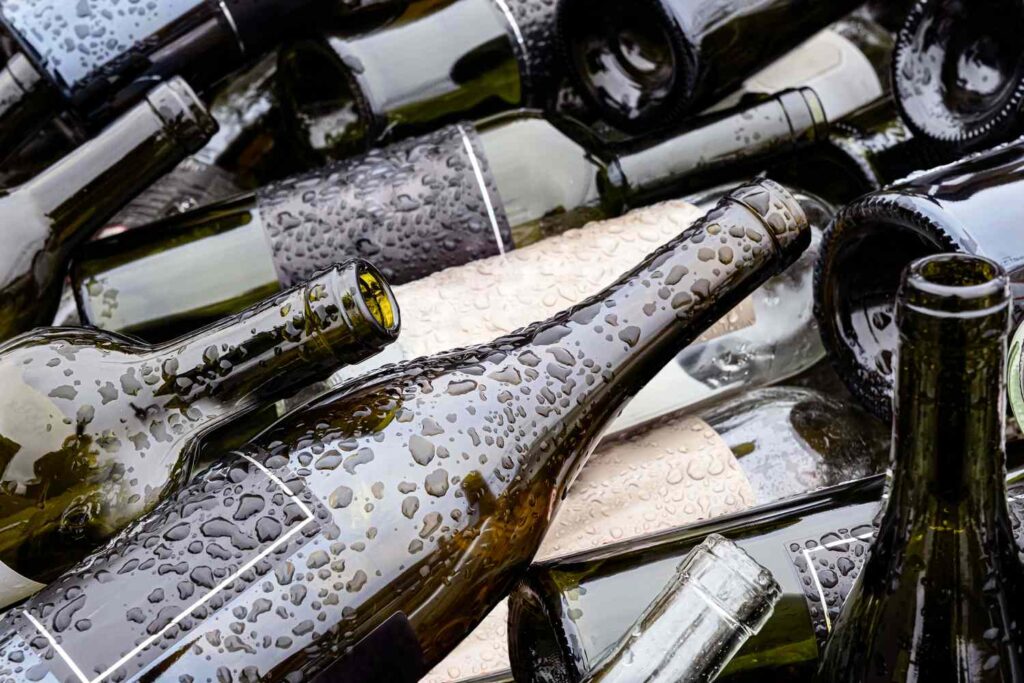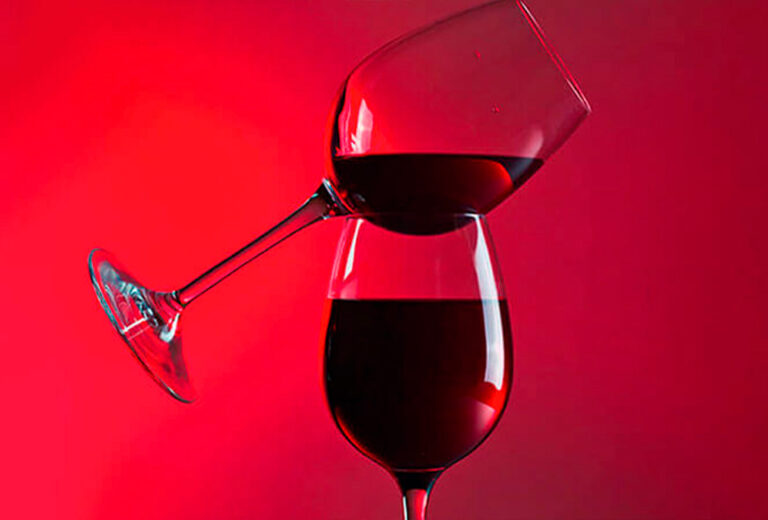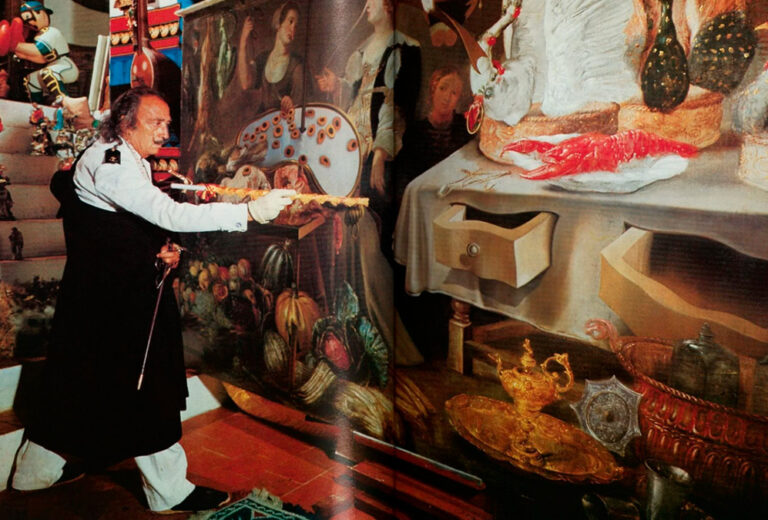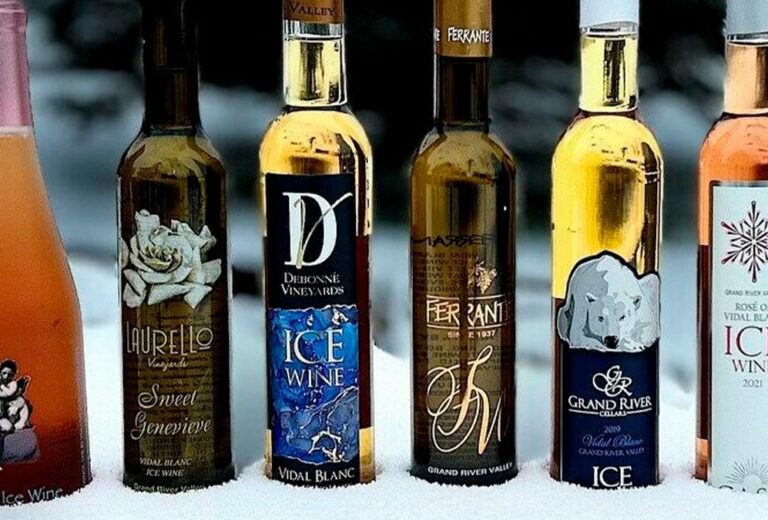Click here to read the Spanish version.
Beverage manufacturers have long been diving into the depths of the sea in search of inspiration when creating brand identity or distillation techniques. Now more than ever, spirits brands seem to be very interested in what the seabed can offer them: the aging of their beverages underwater.
Brand immersion
Of course, this is a practice that has to have a legal backing behind it, unlike what happened recently to Ocean Fathoms. The Californian company’s illegal case of raising wines at the bottom of the ocean, so that its bottles would develop barnacle and shell ecosystems, without permits from the Alcohol and Tobacco Tax and Trade Bureau (TTB), forced it to destroy thousands of bottles of wine worth 500 dollars each.
Another well-known brand within this underwater world is Jefferson’s Bourbon, run by Trey Zoeller. The barrels of his ‘Jefferson’s Ocean’ expression sail for months around the world, developing this technique in the ocean that accelerates and enhances the maturation process.
It is a discovery that took place on a ship in Costa Rica, celebrating Zoeller’s 40th birthday. They noticed that the whiskey swayed inside the bottle to the rhythm of the waves. An instant in which Zoeller wondered: how would that work with whiskey in barrels?
Those boat trips ended up distilling -unwittingly- the concept of aged bourbon, as a time when they began shipping the spirit by boat to the more populated regions of New England. The bourbon that arrived after floating for 8 to 10 months had begun to take on a richer, deeper flavor, viscosity and color.
The ocean current thus ensures that the barrels are in almost perpetual motion, which accelerates the maturation process. Some winemakers also claim to have achieved a similar effect of accelerated maturation of their wines at the bottom of the ocean, thanks to the low temperatures and increased pressure.
The B side of the trend
However, all is not gold in this ocean maturation technique. The trend has a number of drawbacks: once the bottles are placed underwater, there is no way to check their progress through the maturation process, and they may even vanish in their immensity. Not to mention the huge environmental impact of deliberately dumping bottles on the seabed.
However, whether it is the aesthetic appeal of the bottles, the accelerated aging of the beverage, or the nuances it can offer, the benefits of underwater maturation could make this liquid stream last over time.

